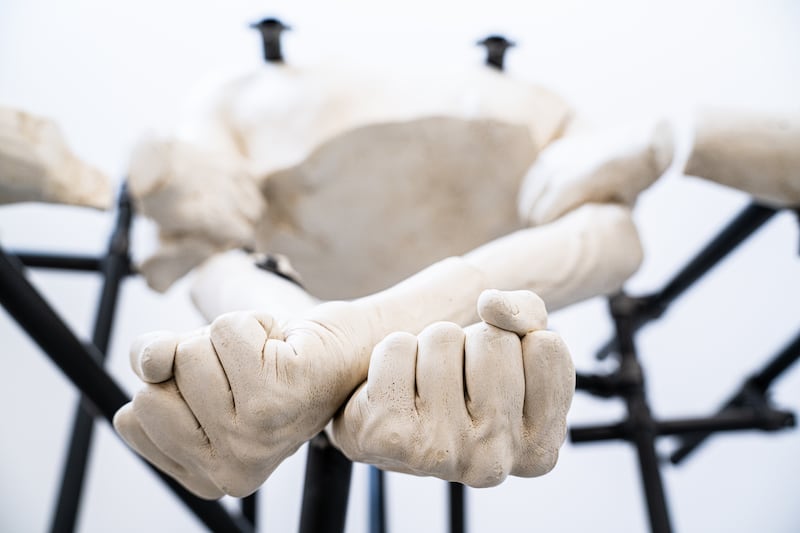It has been a busy 15 years for Tunisian art collector and gallerist Selma Feriani.
Sharing her time between London and Tunis, she's been on a mission to nurture, foster and raise the profile of the contemporary art scene in her country and the wider world. The latest leg of this journey is the opening of her eponymous 2,000-square-metre art space in the Tunisian capital. Launched at the end of January, Selma Feriani Gallery is strategically located a few kilometres from the city centre, the ancient site of Carthage and the airport.
More like a museum than a commercial gallery in terms of display and environmental standards, the purpose-built space's clean concrete interiors and textured cladding are the design of up-and-coming Tunisian architect and designer Chacha Atallah.
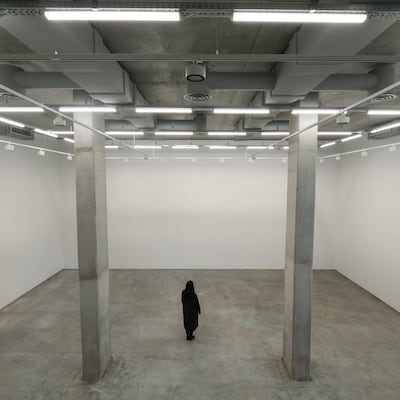
The new gallery is actually its second location, after the original outgrew its premises in a converted convent in Sidi Bou Said, a Unesco World Heritage Site. Having opened in 2013 just a few steps from the renowned gallery of Feriani's pioneering gallerist mother, Essia Hamdi, the building was domestic in scale.
Its typical blue and white architectural exteriors combined with a maze of rooms inside were both interesting and challenging for artists to harness. But it could no longer accommodate the type of shows Feriani wanted to put on, or give the increasing number of artists she represented the space they deserved.
“The artists I work with are becoming better known, being placed in institutions, some of them are on their fifth show with us and they had used the space as far as it could go,” she tells The National.
Fittingly, she chose to open the new space with one of the first artists she worked with when starting out in Tunis, Nidhal Chamekh. Titled Et Si Carthage? (What if Carthage?), the exhibition explores the provocative and intriguing question of “what if Carthage had never been destroyed by the Romans?”
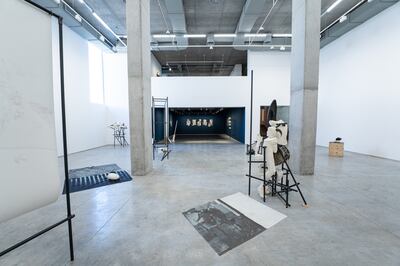
Based on a speech made by French poet, writer and philosopher Edouard Glissant, this question gives Chamekh free rein to explore. In the words of curator Kathryn Weir, “what other histories might have unfolded if this great multicultural centre had not been destroyed? If Rome had not rolled out its project to crush African resistance and dominate the Mediterranean?”
The exhibition travels from antiquity and archeological digs to the present day, covering themes of colonialism, extraction, migration and exile. It is displayed over three floors, including an airy double-height central space, a more intimate mezzanine and an atmospheric basement. The latter was initially intended as a car park but has turned out to be perfect for showing films and will be used for conferences, performances and book launches.
Buying a plot of land and building something was the best way for Feriani to get the sort of quality museum space, volumes and infrastructure she wanted. Since she had a budget and land is scarce in Tunis, she opted for the ex-industrial quarter in the port area of La Goulette. She is the first to admit that it isn’t the most charming part of Tunis, calling the square plot surrounded by anonymous offices “ordinaire” in her English that is peppered with French and Arabic words.
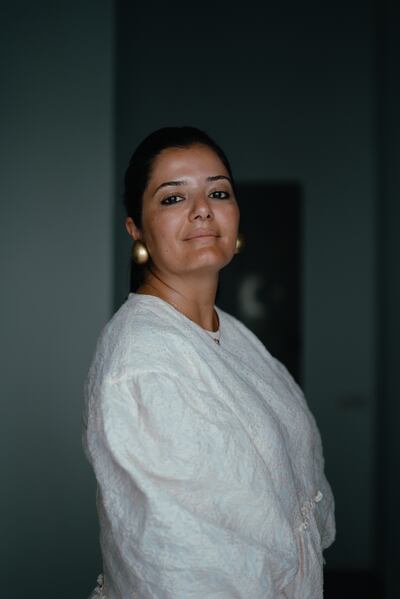
Feriani and architect Atallah have achieved a lot, however. Though a concrete cube in form, the building avoids a monolith aesthetic with its protruding stone slabs and textured cement plaster cladding that is a combination of three local techniques.
“People usually paint over this plaster finish but we chose to leave it visible,” Atallah explains. “We also left any imperfections in the finish so that people could see the human hand in the building.”
As well as 800 square metres of exhibition space, there is also a collector’s lounge, a large storage space and offices for the team. By the entrance to the site, there is a small bookshop with seating and tables that spill out on to a petite but fragrant garden of olive, fruit and palm trees that is sure to become a haven in summer.
Over the next couple of years, this space will show a number of artists from the gallery’s impressive roster of emerging and midcareer artists and grow its public and educational programming aimed at local communities, as well as its workshop and residency programme run by local curator Salma Kossemtini.
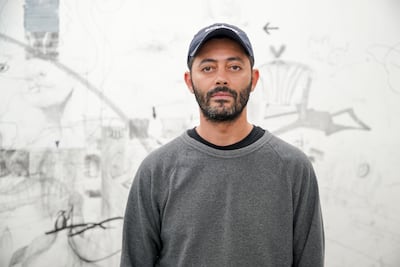
Though Feriani’s focus is on championing art from Tunisia and the Mena region for a wider global audience, she also increasingly sees her role as bridging the gap between North Africa and the rest of the African continent.
“We grew up looking at Europe, always with the hope of going to do things there,” she says. “But that’s a bit like turning our backs on our own continent that is so rich culturally and that wants to exchange and [have a] dialogue with us.”
She plans to strengthen links by inviting more African artists and foundations for residencies and collaborations, Feriani says. Next year in September her gallery will host a solo show by Ghanaian artist Ibrahim Mahama.
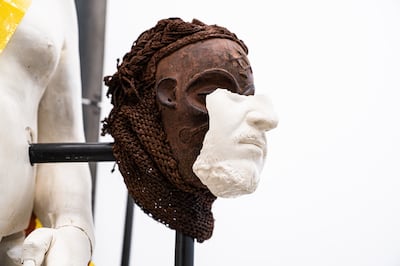
Tunis is not where Feriani, who studied finance and worked in wealth management before going into the art world, does most of her business, however. That happens mostly in London and in art fairs around the world. But it is where her heart and soul is and it’s a place she wants to support. When she first opened her gallery there, the art culture was more “transactional” and about “hanging and selling the work of artists but not really representing them”.
She wanted to do things differently by spending time with the artists, inviting them for residencies in the Sidi Bou Said space, showing them all Tunisia had to offer and developing a deep and close relationship with them.
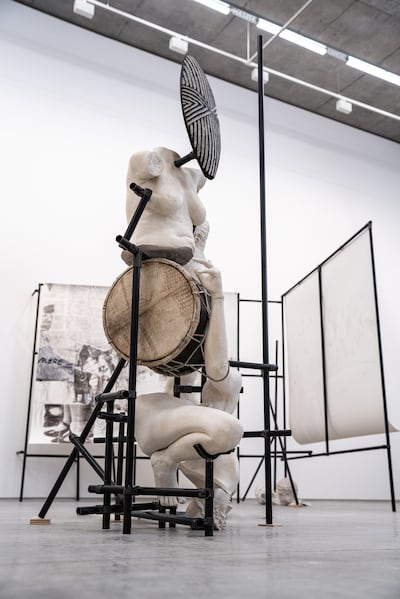
“That was essential for me, otherwise I might as well go to back to banking,” Feriani laughs.
She talks of her new gallery as “a gift to Tunisia”, not in some grandiose or pretentious way, but in the sense that she views it as a way of giving back. Things are gloomy economically in Tunisia, she says.
“Most galleries are just trying to resist the crisis, but what is evolving and developing here is the level and amount of artistic creativity and curiosity. There are more artists trying to develop their practice, looking for residencies here or abroad.”
She talks about a strong sense of belonging people have in Tunisia.
“Even when we go away we come back and we want to be involved because we are proud of our identity, of these layers of culture and heritage that can only make things more interesting,” she says.
“When people talk about Tunis they mention the beaches and the sun. I want people to discover Tunisia through its art and culture.”
